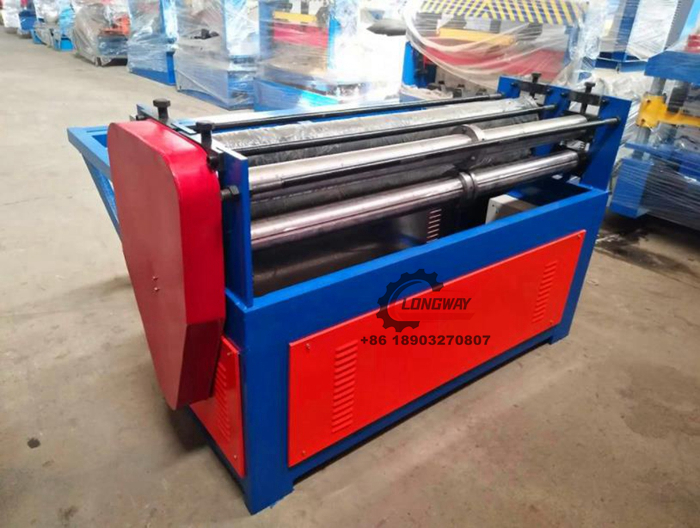Slitting Line
A slitting line machine is a sophisticated piece of industrial equipment designed for the precise and efficient slitting of metal coils into narrower strips of specific widths. These machines are widely used in various industries, including steel manufacturing, automotive, construction, and metal fabrication, where narrow coils are required for further processing or distribution.
How to Use Slitting Line Machine
Using a slitting line machine involves several key steps to ensure safe and efficient operation:
Preparation and Setup:
Ensure that the slitting line machine is properly installed, calibrated, and maintained according to manufacturer guidelines.
Check that all safety features, such as emergency stop buttons and safety guards, are in place and functional.
Prepare the material to be slit, ensuring that it is properly loaded onto the decoiler or coil holder and securely positioned for feeding into the machine.
Feeding and Alignment:
Start by feeding the material into the slitting line machine, ensuring smooth and consistent feeding to prevent jams or disruptions.
Use alignment guides and rollers to ensure that the material is properly aligned and centered as it enters the slitting line machine. This helps to maintain accuracy during the slitting process.
Setting Parameters:
Set the desired parameters on the machine control panel, including the number of slits, strip widths, and cutting speed. These parameters may vary depending on the material type, thickness, and desired output.
Slitting Process:
Activate the slitting mechanism to initiate the cutting process. Depending on the machine design, this may involve rotary knives, circular saws, or other cutting tools.
Monitor the slitting process closely to ensure that the material is being slit accurately and consistently. Adjust parameters as needed to maintain quality and precision.
Tension Control:
Monitor and control the tension of the material throughout the slitting process to prevent wrinkles, tears, or other defects. Proper tension control is essential for maintaining material integrity and slit quality.
Separation and Winding:
As the material is slit into narrower strips, ensure proper separation and winding of the slit coils or strips. Use tension control devices, guiding systems, and winding mechanisms to achieve uniform winding and prevent tangling or misalignment.
Quality Inspection:
Periodically inspect the slit coils or strips for quality defects such as edge burrs, surface imperfections, or width variations. Make any necessary adjustments to the machine parameters to correct issues and ensure consistent quality.
Post-Processing and Packaging:
Once the slitting process is complete, remove the slit coils or strips from the machine and perform any necessary post-processing steps, such as edge trimming or surface cleaning.
Package the slit coils or strips according to customer specifications, ensuring proper labeling, protection, and handling to maintain product integrity during storage and transportation.
Maintenance and Safety:
Regularly inspect and maintain the slitting line machine to ensure optimal performance and safety. This includes lubricating moving parts, replacing worn components, and conducting routine safety checks.
Train operators on safe operating procedures, emergency protocols, and proper maintenance practices to minimize risks and ensure a safe working environment.






